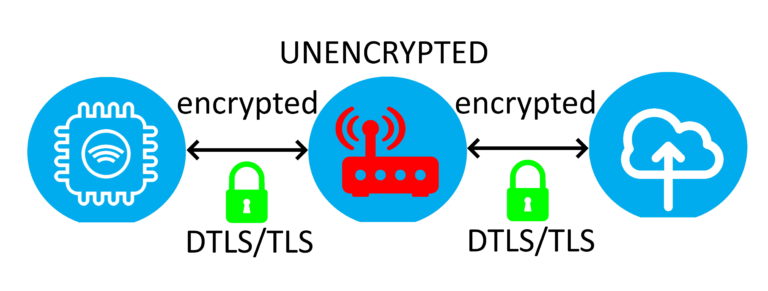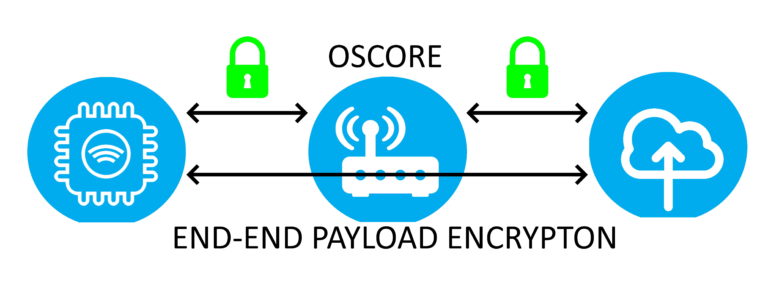Cascoda and KNX
Cascoda joined KNX (KNX) in 2021, and we were since contracted to develop the KNX IoT open-source software stack. The company currently holds the following position in KNX:
Member of the Technical Board
Member of the KNX Steering Group (KSG): KNX IoT Class
KNX IoT Overview
KNX is an international standard (ISO/IEC 14543, EN 50090) for commercial and domestic building automation. KNX IoT is the new transport medium of KNX. This new transport medium is fully compatible with existing KNX technology, KNX/TP, KNX/RF and KNXnet/IP.
KNX supports an open source stack that conforms to the KNX IoT specification. You can subscribe to updates regarding the IoT open source stack here.
Cascoda has already ported the KNX IoT stack to its Thread-based Chili2 module, and has created a full KNX IoT KNX IoT Development Board and associated KNX IoT Hub.
-
Cascoda® & KNX®
Pioneer of KNX IoT & author of the open-source implementation -
Supports IPv6
Link layer agnostic (Thread, Wi-Fi, Ethernet etc.) -
State-of-the-art Security
OSCORE encrypts messages between endpoints in the presence of routers and proxies -
IoT Router
An IoT Router (Gateway) to communicate between KNX Classic & KNX IoT -
Guaranteed interoperability
The same set of Functional Blocks as KNX classic The same communication model as KNX classic -
Open Source
Open Source Implementation
State-of-the-art security
Many IoT protocols use DTLS encryption between endpoints, which need to be un-encrypted and re-encrypted in the presence of intermediaries such as proxies. In addition, DTLS cannot encrypt multicast messages. This adds points of vulnerability.


